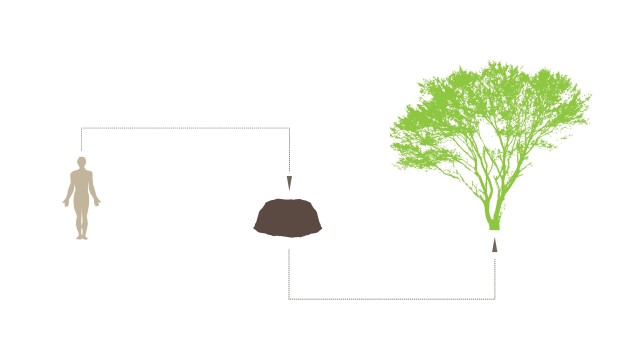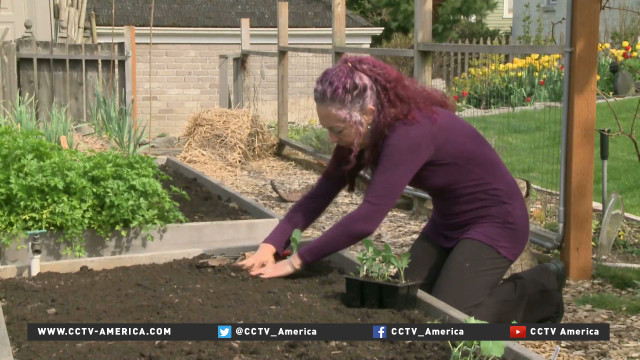The human journey always ends in death and across the globe, burial and cremation remain the most common options for putting loved ones to rest, but both practices use large amounts of resources. A single cremation, for example, requires 106 liters of fuel. CCTV America’s Chris Casquejo looks at a rather unorthodox way to bury the dead in the modern world, and filed this report from Seattle.

Human composting is a lower-cost burial option
The human journey always ends in death and across the globe, burial and cremation remain the most common options for putting loved ones to rest, but both practices use large amounts of resources. A single cremation, for example, requires 106 liters of fuel. CCTV America's Chris Casquejo looks at a rather unorthodox way to bury the dead in the modern world, and filed this report from Seattle.Highlights:
- Urban Death Project wraps bodies with a simple linen cloth and lays them into a three-story structure filled with a mix of sawdust and wood chips. Within four to six weeks, a body would decompose into nutrient-rich soil. The soil would be returned to families, making space, in turn, for new bodies.
- The project’s founder believes congested urban areas are the ideal initial locations. Most big cities do not have the land for new cemeteries, whereas land surrounding a human composting memorial would be re-used and renewed.


 CGTN America
CGTN America

